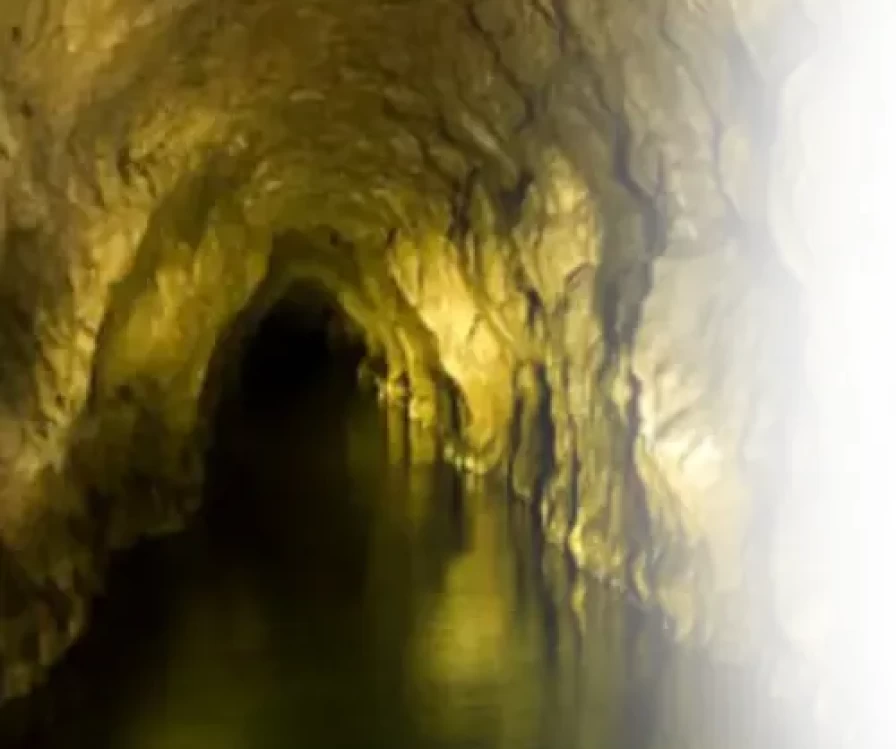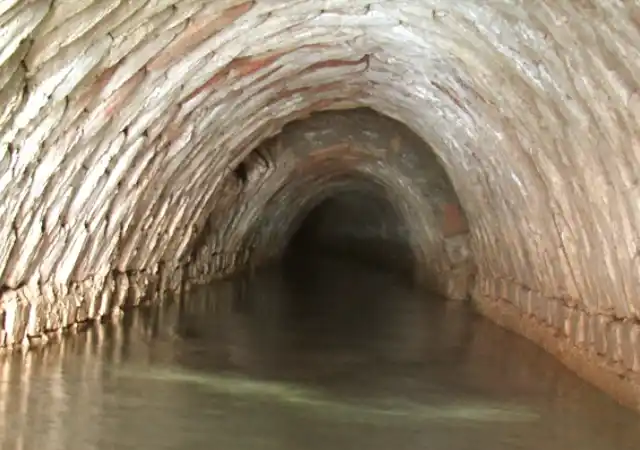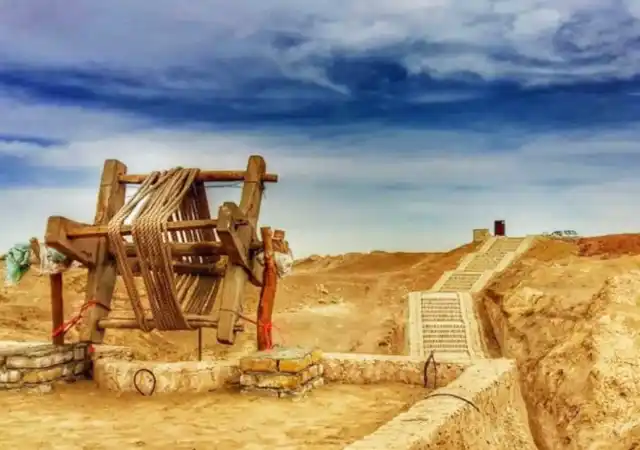
Ghasabeh Ghanat





Qasabeh Qanat
Iran, a land steeped in millennia of innovation and cultural heritage, offers travellers a unique opportunity to witness remarkable feats of human ingenuity. Among its many historical treasures lies the Qasabeh Qanat , a testament to the sophisticated water management systems developed in ancient Persia. Located near the city of Gonabad in the Razavi Khorasan province , this extraordinary subterranean aqueduct stands as a marvel of engineering and a vital part of Iran's rich history. For those seeking to delve deeper into the country's past and appreciate its profound contributions to human civilization, a visit to the Qasabeh Qanat promises an insightful and unforgettable experience. This guide aims to introduce you to the historical significance, ingenious design, and cultural importance of the Qasabeh Qanat , providing essential information for your potential exploration. Whether you are fascinated by ancient engineering, intrigued by sustainable water management, or simply seeking to discover lesser-known yet profoundly significant historical sites, understanding the intricacies of this qanat system will undoubtedly enrich your Iranian travel itinerary.
The Qasabeh Qanat boasts a history stretching back centuries, with some estimations placing its origins in the Sasanian period or even earlier. This extensive network of underground tunnels was meticulously constructed to channel groundwater from higher elevations to lower-lying agricultural lands, sustaining life and enabling settlement in an arid environment. Its longevity and continued functionality for centuries underscore the remarkable skill and knowledge of its creators. Exploring the Qasabeh Qanat is akin to stepping back in time and witnessing the ingenuity of ancient Persian engineers.
The brilliance of the qanat system lies in its sustainable and gravity-fed design. Unlike wells that require mechanical pumping, qanats utilize a gentle slope to allow water to flow naturally from the aquifer to the surface. The Qanat Qasabeh is particularly impressive due to its depth, length, and the number of its interconnected channels. Visiting the surface openings and potentially venturing into accessible sections provides a tangible understanding of this ingenious water management technology. The term Qanat Qasba is sometimes used interchangeably and refers to the same remarkable system.
For centuries, the Ghasabeh Ghanat played a crucial role in the agricultural prosperity and societal development of the Gonabad region. It provided a reliable source of water for irrigation, enabling the cultivation of crops in an otherwise arid landscape. The qanat system not only sustained livelihoods but also shaped the social fabric and settlement patterns of the area. Understanding the historical and ongoing impact of the Ghasabeh Ghanat offers a deeper appreciation for its cultural significance.
Visiting the Qasabeh Qanat typically involves exploring the surface features, such as the well-like openings that provide access to the underground channels. Depending on the accessibility and guided tours available at the time of your visit (e.g., in late 2024 or early 2025 ), you might have the opportunity to descend into a portion of the tunnels to witness the engineering firsthand. Knowledgeable local guides can provide invaluable insights into the history, construction, and operation of the qanat system.
The Qasabeh Qanat stands as a remarkable example of human adaptation to challenging environmental conditions. Its sophisticated design and long-lasting functionality highlight the advanced engineering knowledge of ancient Persians. For travellers interested in history, engineering, sustainable practices, and the ingenuity of past civilizations, a visit to this UNESCO World Heritage site is an enriching and thought-provoking experience. It offers a unique perspective on Iran's historical contributions to the world and provides a fascinating contrast to modern technologies.
When planning your Iranian itinerary, consider including a visit to the Qasabeh Qanat as part of your exploration of the Razavi Khorasan province. The region offers a blend of historical sites, cultural experiences, and natural beauty. Visiting the qanat, particularly during the milder months (e.g., spring or autumn of 2025 ), can be comfortably integrated into a broader tour of Iran's historical and cultural landmarks. By venturing to the Qasabeh Qanat , travellers can unearth a hidden gem of Iranian history and witness the enduring legacy of ancient engineering prowess. Sanapersian offers a unique and memorable perspective on the ingenuity and resilience of human civilization, making it a truly worthwhile addition to any Iranian travel experience.
Contact Us
+989054577261